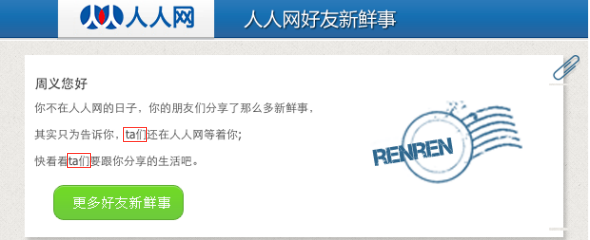Let’s talk a little bit about pronouns in Mandarin. The most common forms in English are "he, she, and it." In the Chinese language, those three become the following: 他, 她, and 他 (“he/him,” “she/her,” and “it/its.”
They are all pronounced “tā.”
他 (tā): This is the most frequently used pronoun. Even though it’s used in place of “him,” it is somewhat of a gender-neutral pronoun. It can be used when the gender of a certain person is unclear, such as the sentence “Does he or she play piano?” “他会弹钢琴吗?”
It is also used as “they/them” in “他们” (tā men.)
她 (tā): The female form, equivalent to “she/her.”
它 (tā): Equivalent to "it." This often refers to objects or animals (even if the animal in question has a distinct gender.)
Often, the context of the sentence will help you determine the gender of the speaker or subject. This is not always the case, however. When in doubt, stick with “他.”
In addition to that, there is also “牠”, the strict pronoun for animals. Since so many people use the form “它” (it) instead, “牠” has become nearly obsolete. There is also “祂” which you may not come across unless you are studying religious work in China, as it refers to deities.
It is interesting to note that in order to remain completely gender neutral, some companies will use pinyin "ta" instead of the actual character for "他/她.” Note this post by Renren, a Chinese social website very similar to Facebook.

Since all pronouns have the same pronounciation (tā), you may be wondering: "How can I tell what gender the person is referring to in a listening exercise?" Indeed, if you hear the word tā, it may be difficult to conclude if the speaker is talking about a boy, a girl, or an animal. However, as we mentioned, you can usually make an educated guess based on context.
Related: Difference Between Male and Female Names in Chinese
Founded in 2004, TutorABC Global, the parent company of TutorABC Chinese, created the first commercially available synchronous learning portal in the world. TutorABC Global offers world class Chinese tutors at TutorABC Chinese. For English learning, it offers TutorABC, and tutorJr.
Like this post? Join uS to learn more!
